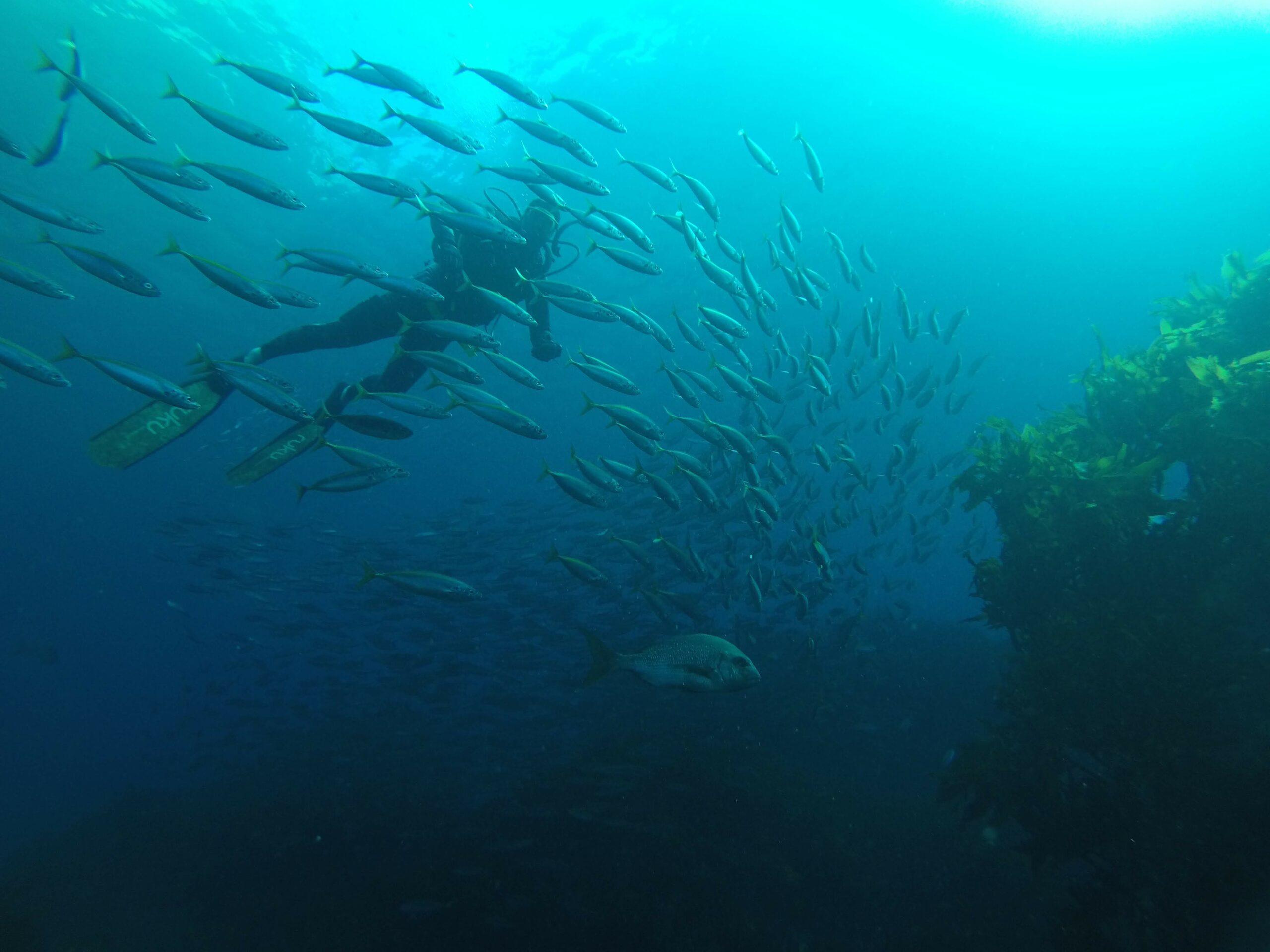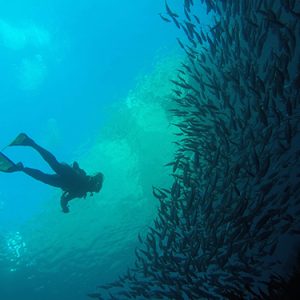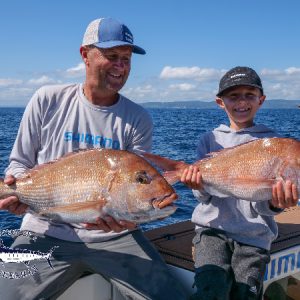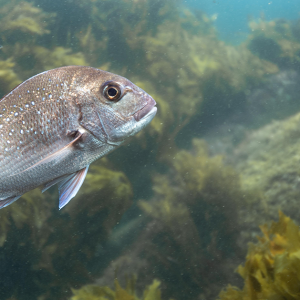Published in The Adventurer Magazine
Jack Mackerel – those slippery little fish you chuck on your hook as bait to catch something bigger – are far more important than they’re given credit for. These so-called baitfish are a fundamental food source for larger predatory fish, marine mammals and seabirds. Without them, our coastal ecosystems begin to unravel.
That’s why Coromandel fishers are asking a simple but critical question: where have our baitfish gone?
Each summer, sightings of diving seabirds, feeding on schools of baitfish – known as work-ups, are becoming more scarce. What used to be visible from land, we now have to travel further offshore for.
You’d expect Fisheries NZ to treat this as a red flag. But under the Quota Management System, which regulates commercial fishing in New Zealand, Jack mackerel are considered a low-value species exported for less than $2.50 per kilo.Their low price-tag places them low on the list of management priorities.
It’s taken 30 years for the Minister for Oceans and Fisheries to finally review commercial catch limits for Jack mackerel, along the east coast of the North Island, from North Cape to Wellington.
Currently commercial fishers can legally harvest 10 million kilos of Jack mackerel annually along this coast. Catches have only averaged 53% of this limit over the past five years so there’s been no effective upper limit on how much they have caught in the past decade.
That’s not fisheries management. That’s neglect.
There has never been a formal scientific stock assessment for Jack mackerel on this coast. Fisheries NZ has no idea how many remain in the water today or what the consequences are of removing thousands of tonnes year after year.
Sparse workups and record low commercial catches suggest that Jack mackerel populations could be in trouble.
LegaSea and the New Zealand Sport Fishing Council recently submitted in response to the review of Jack mackerel, urging the Minister to reduce commercial catch limits so abundance can be restored.
Declines in baitfish abundance not only impact our ability to catch a feed, but have implications on the wider ecosystem. We already know that some seabird populations in the Hauraki Gulf are struggling to survive and feed their chicks.
If we want more baitfish in the water, we need to change how our fisheries are managed. We need a system that values ecosystem health and abundance over short-term profits.
The core issue lies with the Quota Management System. It has enabled a dozen large companies to consolidate control over our coastal fisheries, creating a sense of ownership over a public resource. This concentration of power makes it difficult for the regulators to even suggest that catch reductions are required.
It’s time for a new approach. The monopoly must be broken. That will require a government bold enough to buy back quotas for ecologically significant species like Jack mackerel and shift to a licensing system. Then we need principled governance to guide how our fish are managed, so catch limits can be reset to restore abundance.
More baitfish in the water is good for everyone, so let’s make it a priority.




